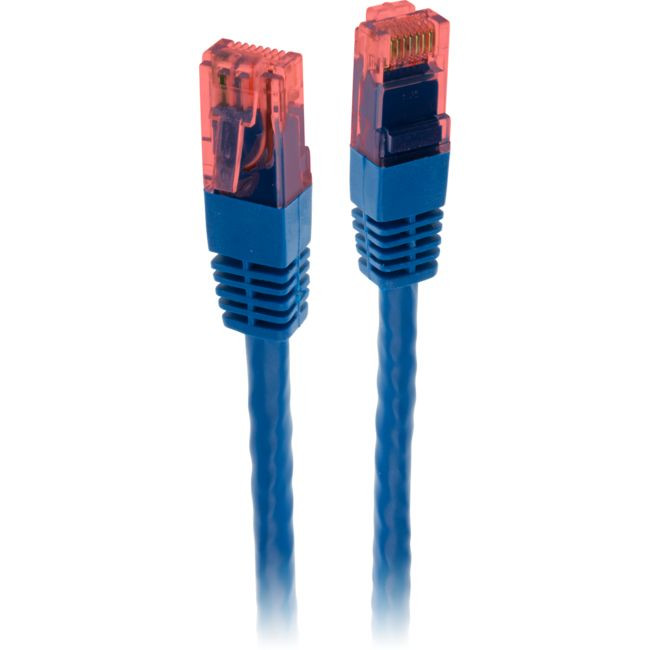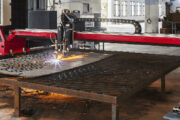The cables that are used to connect your laptop or personal computer to home networking devices are called ethernet cables. They transit data through twisted pairs of copper wires or solid cores in RJ-45 ends. These connections are considered to be much more stable and reliable than wireless connections. Depending on the performance, ethernet cables are divided into categories, the most common ones being cat5, cat5e, cat6, and cat6a.

The cat6a cable provides fast ethernet, gigabit ethernet and 10 gigabit ethernet, which was not possible before it. The cat6a cable is characterized with 500 MHz, has improved alien crosstalk specifications and it has double the frequencies of the cat6 cable. They can handle 10BASE-T, 100BASE-TX, 1000BASE-TX and 10 GBASE-T. The difference won’t be obvious until you start looking for distance and speed. Both Cat6 and cat 6a cables are backwards compatible with cat5e, cat5 and cat3.
Something else that a cat6a cable will provide you with is crosstalk prevention. Now you might ask yourself what that is, and why it’s so important? It’s when a signal interferes with another circuit’s signal or channel. You don’t want that, ever. And thanks to the great insulation, that is not an issue and is on an advanced level when compared to the cat6 and cat5e. One of the drawbacks however, are the packing problems due to it’s size. Lots of installers have become accustomed to dispensing ethernet cables from pull-box packages which are convenient, while the cat6a are mostly available on reels.
Ethernet cables have a plug at both ends – the type of the plug and the connections determine the use of the cable. Most common cables are known as straight-through cables. The plugs connect two different devices, and if each end is different, it’s called a crossover cable and it will be used to connect one to switch to another or one personal computer to another.
The added size of the cable also comes with increase in weight which will affect how many cables you will be able to fit in a cable trey. And as a general rule, the larger the radius is of the cable, the larger the bend radius will need to be, which means more room requirement. The cat6a outperforms the cat6 in crosstalk prevention, size and performance overall. So it’s almost always a better idea to go for the cat6a since it will do 10 gigabit per second networking for the whole distance of the ethernet, which makes it the best choice if you are thinking ahead for the future.


